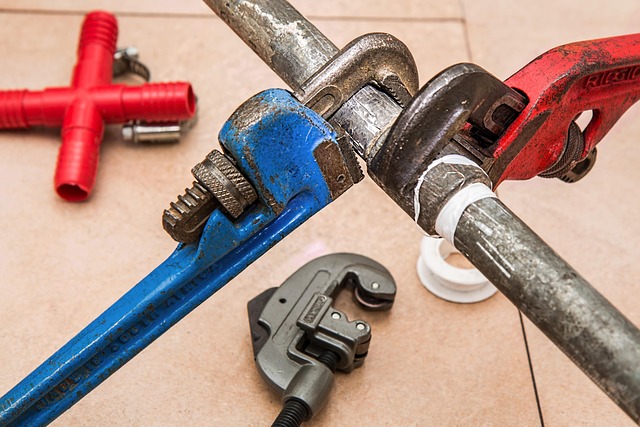Before programming a digital thermostat, inspect for functionality, consult a thermostat repair expert for issues. Gather tools and materials, locate reset button, follow manufacturer instructions. Disassemble with care, identify components, clean sensors, double-check connections, rely on expert advice when needed.
Looking to upgrade your home’s comfort with a digital thermostat? This step-by-step guide is your thermostat repair expert. We’ll walk you through the process from start to finish, ensuring a seamless transition. First, assess your current thermostat’s functionality to understand its capabilities and limitations. Next, gather the necessary tools and materials required for the installation. Then, carefully disassemble your old thermostat and program the new digital model component by component for optimal temperature control.
- Assess Your Thermostat's Functionality
- Gather Necessary Tools and Materials
- Disassemble and Program the Thermostat Component by Component
Assess Your Thermostat's Functionality

Before diving into programming your digital thermostat, it’s essential to assess its current functionality and address any issues that might arise during the setup process. Start by inspecting the thermostat for any visible damage or faulty components. Check if the temperature display is accurate and responsive to changes. Ensure the heating and cooling modes operate correctly, and the fan settings function as expected. This initial evaluation will help you identify potential problems and determine whether you need a thermostat repair expert’s assistance.
If you encounter challenges like a stuck thermostat, a malfunctioning remote control, or issues with the thermostat app control troubleshooting, it might be time to consult a professional. Thermostat troubleshooting guides are available online, but for complex problems, it’s often best to seek help from someone experienced in HVAC systems. They can diagnose and fix any issues, ensuring your new digital thermostat operates smoothly and efficiently.
Gather Necessary Tools and Materials

Before tackling any thermostat repair or replacement, it’s crucial to arm yourself with the right tools and materials. A thermostat repair expert will typically need a few essential items to ensure a successful Wi-Fi thermostat installation. Gather a voltage tester, a new thermostat (matching your system’s specifications), wire connectors, and a screwdriver designed for electrical work. These tools are fundamental when navigating the intricate process of thermostat not heating or cooling properly and can help you avoid common mistakes during installation.
Additionally, locating the thermostat reset button is vital. This often well-hidden mechanism allows you to troubleshoot minor issues without requiring advanced repair skills. Once you’ve gathered your supplies, follow clear installation instructions provided by your thermostat manufacturer, ensuring a smooth and efficient setup process.
Disassemble and Program the Thermostat Component by Component

When it comes to disassembling and programming a digital thermostat, the process involves careful consideration and precision. As a thermostat repair expert, we recommend starting with identifying each component and understanding its function. The display, buttons, and sensors are key elements that allow you to control temperature settings and monitor system performance.
Once you’ve located these parts, begin disassembling the thermostat step by step. Referring to a thermostat wiring diagram for dummies can be beneficial for proper disassembly. Clean the sensor according to the manufacturer’s instructions to ensure optimal performance, especially if dealing with a boiler repair. Each component plays a vital role in maintaining your home’s comfort, so take your time and double-check connections as you go along.
Programming a digital thermostat is a straightforward process that can be accomplished in just a few steps. As a thermostat repair expert, we’ve guided you through assessing functionality, gathering tools, and disassembling the device component by component. Now armed with this knowledge, you’re ready to customize your home’s temperature settings efficiently. With these simple instructions, DIY enthusiasts can tackle thermostat programming like pros, ensuring a comfortable living environment tailored to their preferences.
